Quelques exercices de connotation
∂ La division des arts dans la Grèce Antique, selon Philostrate l’Ancien, se faisait entre la techné – l’art utile, réalisé par ceux qui, dans le déroulement de leur activité, se salissent les mains – et la sophia – l’art des maîtres, sans application pratique. Platon écrit dans Gorgias: “Je n’appelle pas un art ce qui relève d’une activité irrationnelle”. De fait, avant de composer des dialogues philosophiques, Platon fut un dramaturge qui décida de détruire toutes ses tragédies.
¥ Une commande est un travail réalisé pour quelqu’un en contrepartie d’une rémunération. La possibilité de réaliser une commande difficile présuppose un niveau d’habileté élevé dans une activité concrète. Pour ces commandes difficiles (Encargos dificiles), les exécutants techniques produisent des oeuvres d’art. La série d’instructions concorde avec les capacités de l’artisan, mais provoque en lui la tension d’obtenir comme résultat un objet étrange qui compromet ses processus habituels de production.
µ Au cours d’une des étapes fondamentales de la construction de la modernité, l’habileté technique issue des pratiques traditionnelles fut mise en avant comme une manière de combattre la dégénérescence du produit de masse. William Morris plaida pour l’élaboration d’objets quotidiens artistiques, fondés sur les techniques artisanales de production, comme un retour néo-médieval d’une idéologie nettement socialiste opposée à la production industrielle. Ainsi, le système esthétique et épistémologique de l’art moderne appliqué aux objets d’usage quotidien permit de transcender le nouveau système de production, c’est-à-dire rédimer l’aliénation de la production en série au moyen d’un autre mode d’aliénation justifié par la raison esthétique.
£ Depuis la fin des années soixante, il est courant que le travail artistique consiste non plus en une action matérielle mais en un protocole qui établit un cadre de travail suivant des règles précises. Dans les nouveaux comportements artistiques ce type de méthodologie passait pour la revendication de la production intellectuelle, où l’oeuvre, l’objet final sans résidu subjectif, se trouvait libéré de l’espace psychologique et de la charge référentielle. Dans le cas des Encargos dificiles cependant, la formalisation devient subjective, du fait de la nature déplacée des règles que doit suivre l’artisan pour réaliser une traduction, et également culturelle, le contexte artistique de réception forçant à un procédé analogique de lecture.
† Dans cette position d’auctorialité négociée, l’objet devient le fruit d’une relation mise en scène : c’est la solidification d’une action aux conséquences inattendues dans le parcours du temps. L’artisan, qui n’est pas censé connaître le cadre discursif de la commande, produit un objet qui reprend une somme de forces propres aux contradictions du système productif qui le marginalise, à partir des marques ou des autres mécanismes propres aux biens de consommation. De petites mais significatives vengeances telles que découdre un pull-over Comme des Garçons ou rendre droits les angles arrondis d’un Ipod, deviennent les indices du subconscient du capitalisme tardif exacerbé.
¶ Dans Le livre des passages, Walter Benjamin note que la production industrielle d’objets d’usage quotidien au dix-neuvième siècle coïncide avec une perte de désinvolture vis à vis des objets. A partir de cette réflexion, Giorgio Agambem expliqua comment cette mauvaise conscience par rapport aux objets était remplacée par l’art, comment le péché originel du mercantilisme se disculpait au travers de la plus-value esthétique : “tout comme le sacrifice restitue au monde sacré ce que l’usage servile a dégradé et rendu profane l’objet, au travers de la transfiguration poétique, est extrait, tant de la jouissance que de l’accumulation, et restitué à son état originel (…). A l’accumulation capitaliste de la valeur d’échange et à la jouissance de la valeur d’usage du marxisme et des théoriciens de la libération, le dandy et la poésie moderne opposent la possibilité d’une nouvelle relation entre les choses: l’appropriation de l’irréalité”.
∑ Walter Benjamin insistait sur le fait que l’objet mercantile contenait l’union dialectique du vivant et de l’inorganique. De fait, durant un moment fondamental de l’histoire des objets modernes, les styles Liberty ou Art Nouveau ont transformé le matériau mort en créature organique. Les objets de consommation massive sont des marchandises déchues qui parlent de tout ce qui n’est plus. L’effondrement des objets est l’effondrement d’un ordre d’usage et des relations matérielles et sociales qui le produisent.Voilà pourquoi le kitsch, une expérience mélancolique résiduelle, restaure la fiction d’une généalogie tronquée à partir d’une stratégie fétichiste : le référencement fantasmagorique à une transformation de la matière qu’ils ne représentent plus.
√ Cette inquiétude du quotidien s’incarne, pour Benjamin, dans l’anthropomorphisme des objets qui apparaissent dans les caricatures de Grandville. La plaisanterie, le comique, est la stratégie linguistique qui permet de rendre lisibles ces contradictions. “Le plaisanterie est la plus sociale des activités visant, grâce à l’activité siple et désintéressée de l’appareil psychique, un bénéfice de plaisir”, écrivait Freud. Les actes ludiques provoquent des combinatoires moyennant le recours à l’absurde qu’activent les réactions d’identification émotionnelle. Une audience nouvelle se crée quand l’art fonctionne comme un mécanisme au sein de réseaux de communication intime, ce qui permet d’expérimenter de nouvelles connections possibles et de nouvelles synthèses sociales.
‡ Bestué et Vives réalisent des objets qui sont des formes de communication qui exigent une réaction, comme envoyer une lettre et logiquement espérer une réponse. Les procédés d’identification ou de rejet immédiat sont évidents dans la plaisanterie, son efficacité étant toujours directe ou nulle. C’est pourquoi cette modalité de participation à la construction du sens est une position dialectique ouverte à l’antagonisme, c’est à dire, explicite, comme l’acte de vandalisme, une nature politique.
∆ Chaque interprétation est, donc, un réseau communautaire. Chaque lecture est un lien constituant. Wallace Stevens écrivait: “un nouveau signifié est un nouveau mot”. Précisément pour cela chaque sens nouveau est une violence : l’exercice ou l’assomption d’un nouveau vecteur commun agresse la stabilité, car il induit plus que soi, et signifie réduire les capacités éthiques de l’individu et renforcer son pathétisme, sa subjectivité affectée dans un mouvement continuel.
Ω La machine célibataire au centre de cette exposition est la rencontre d’engins et de corps, de certaines forces de travail et d’autres désirants dans un continuum sans fin. Comme une somme d’actions micro-politiques, ce sont les moteurs de fabrication d’un objet final possible, une condensation matérielle de quelques raisons, en définitive, historiques.
Manuel Segade
 Loading
Loading  Loading
Loading Encargos dificiles, 2011, exhibition view, Crèvecœur, Paris. © Hélène Giansily
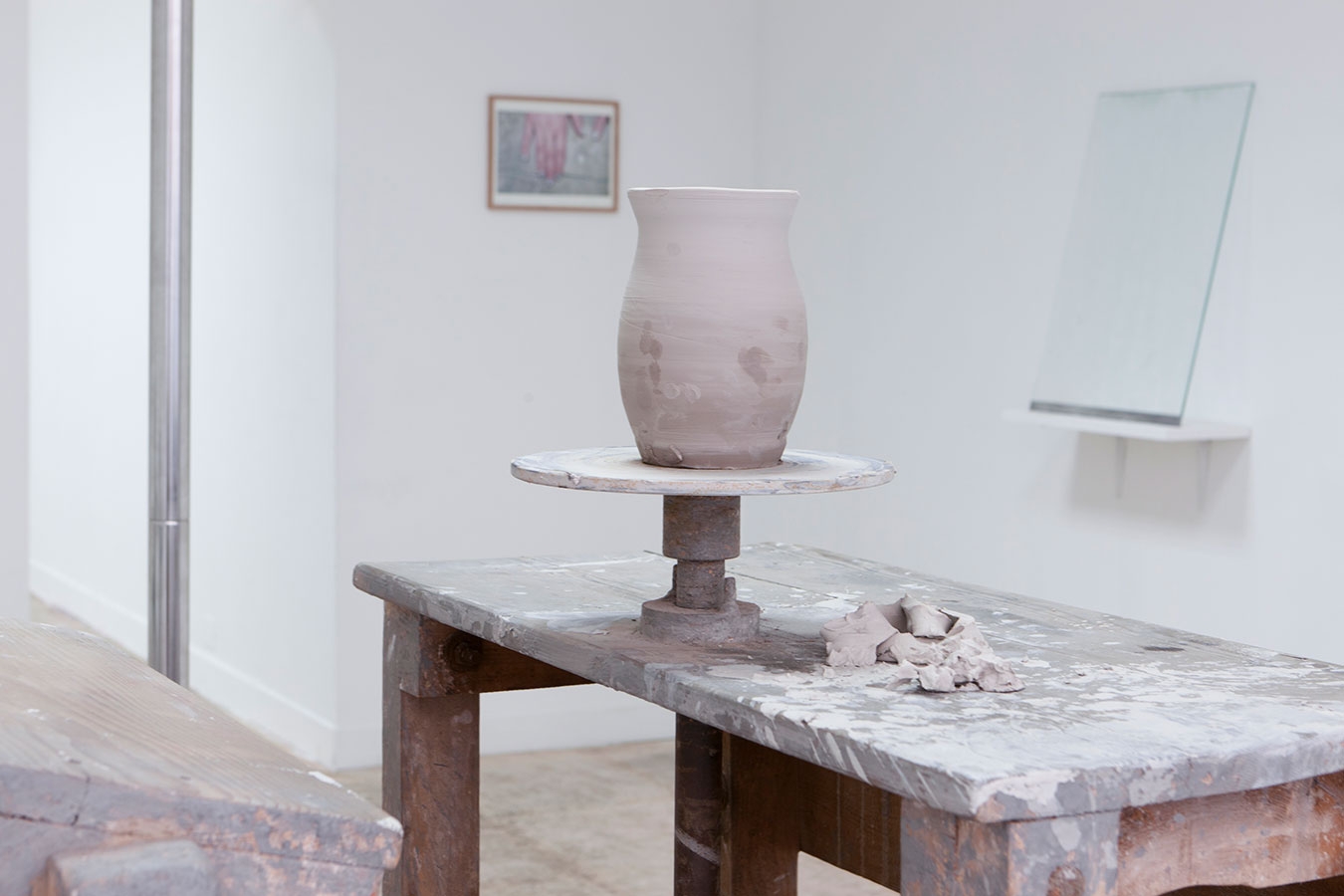 Loading
Loading Encargos dificiles, 2011, exhibition view, Crèvecœur, Paris. © Hélène Giansily
 Loading
Loading Encargos dificiles, 2011, exhibition view, Crèvecœur, Paris. © Hélène Giansily
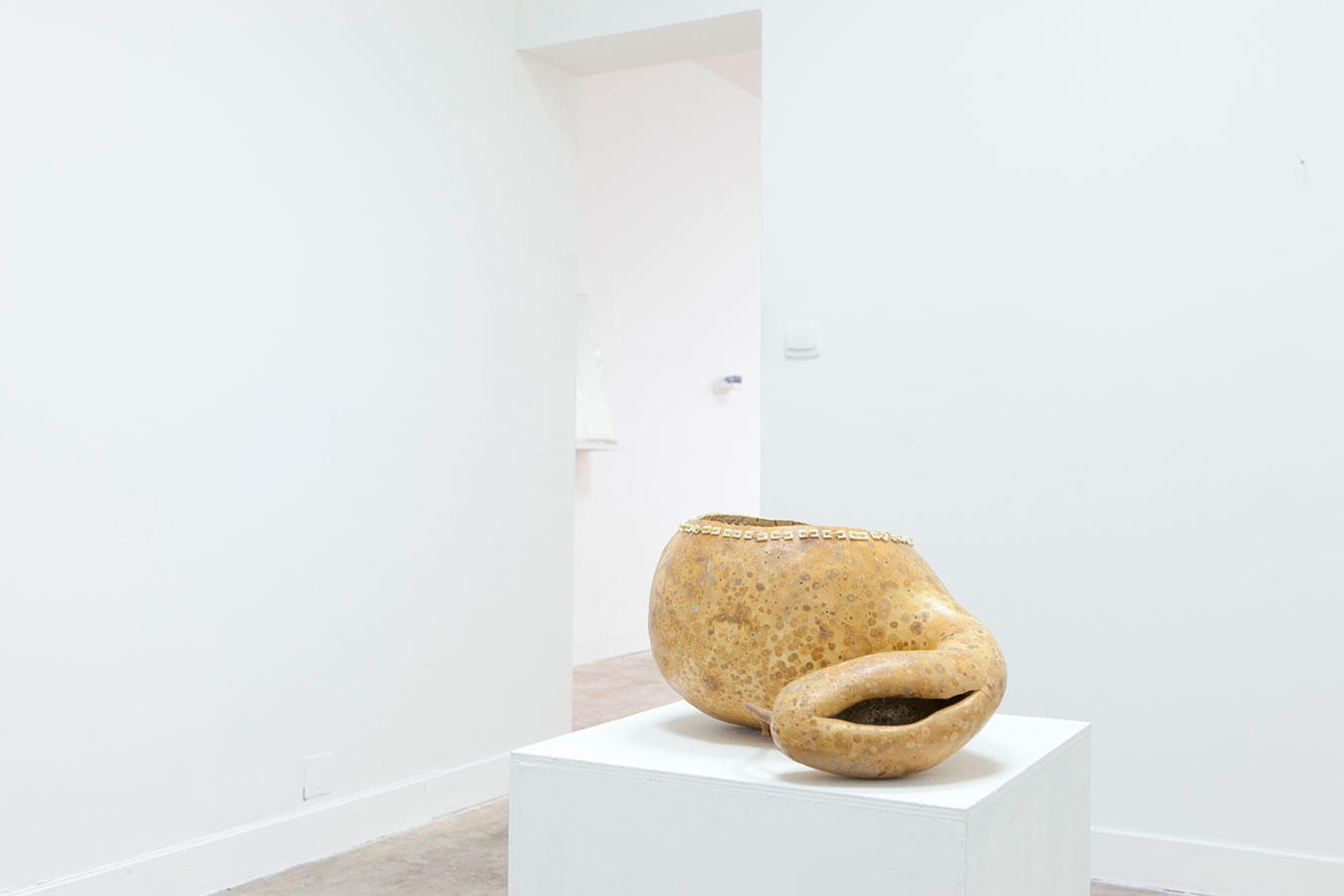 Loading
Loading Encargos dificiles, 2011, exhibition view, Crèvecœur, Paris. © Hélène Giansily
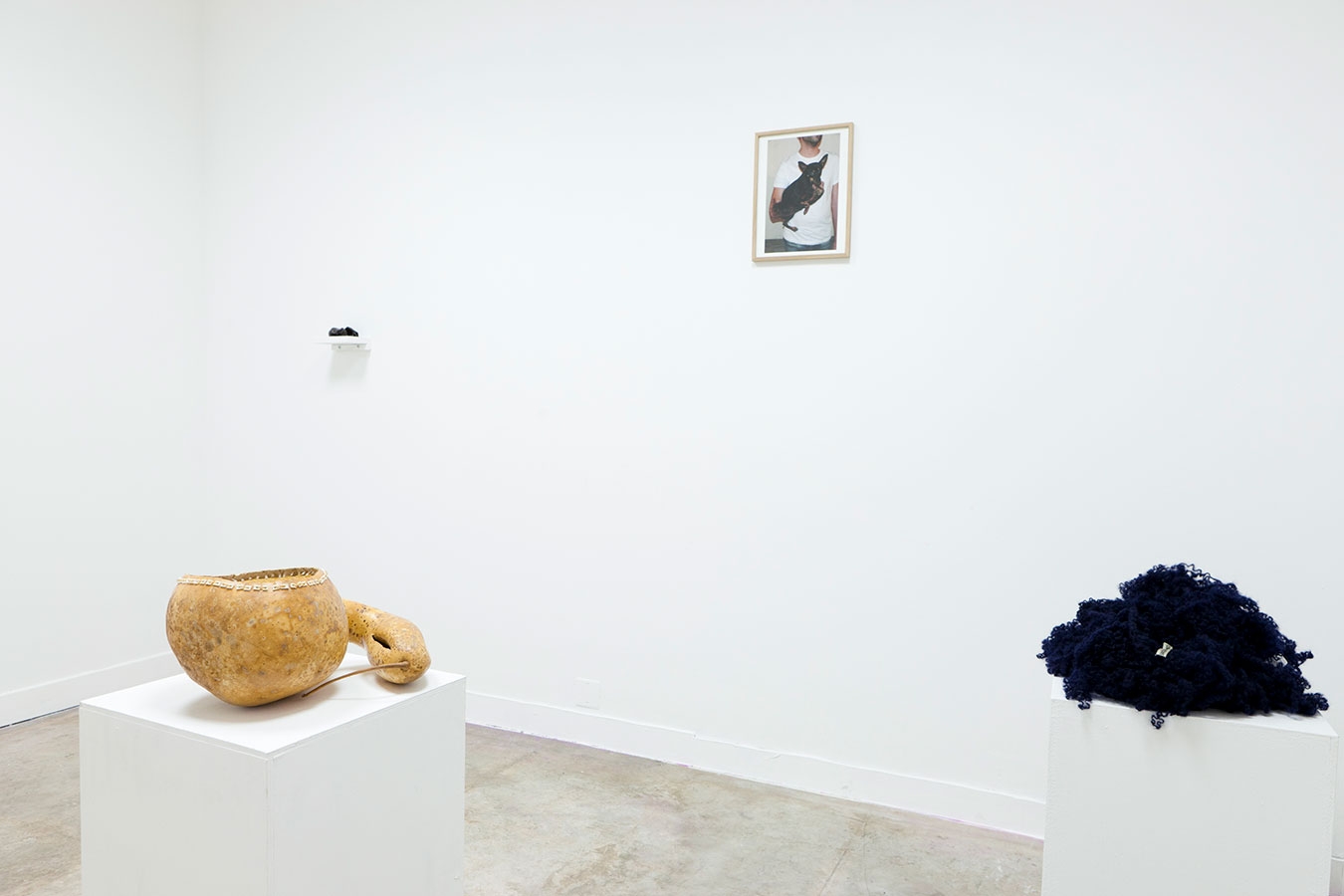 Loading
Loading Encargos dificiles, 2011, exhibition view, Crèvecœur, Paris. © Hélène Giansily
 Loading
Loading Encargos dificiles, 2011, exhibition view, Crèvecœur, Paris. © Hélène Giansily
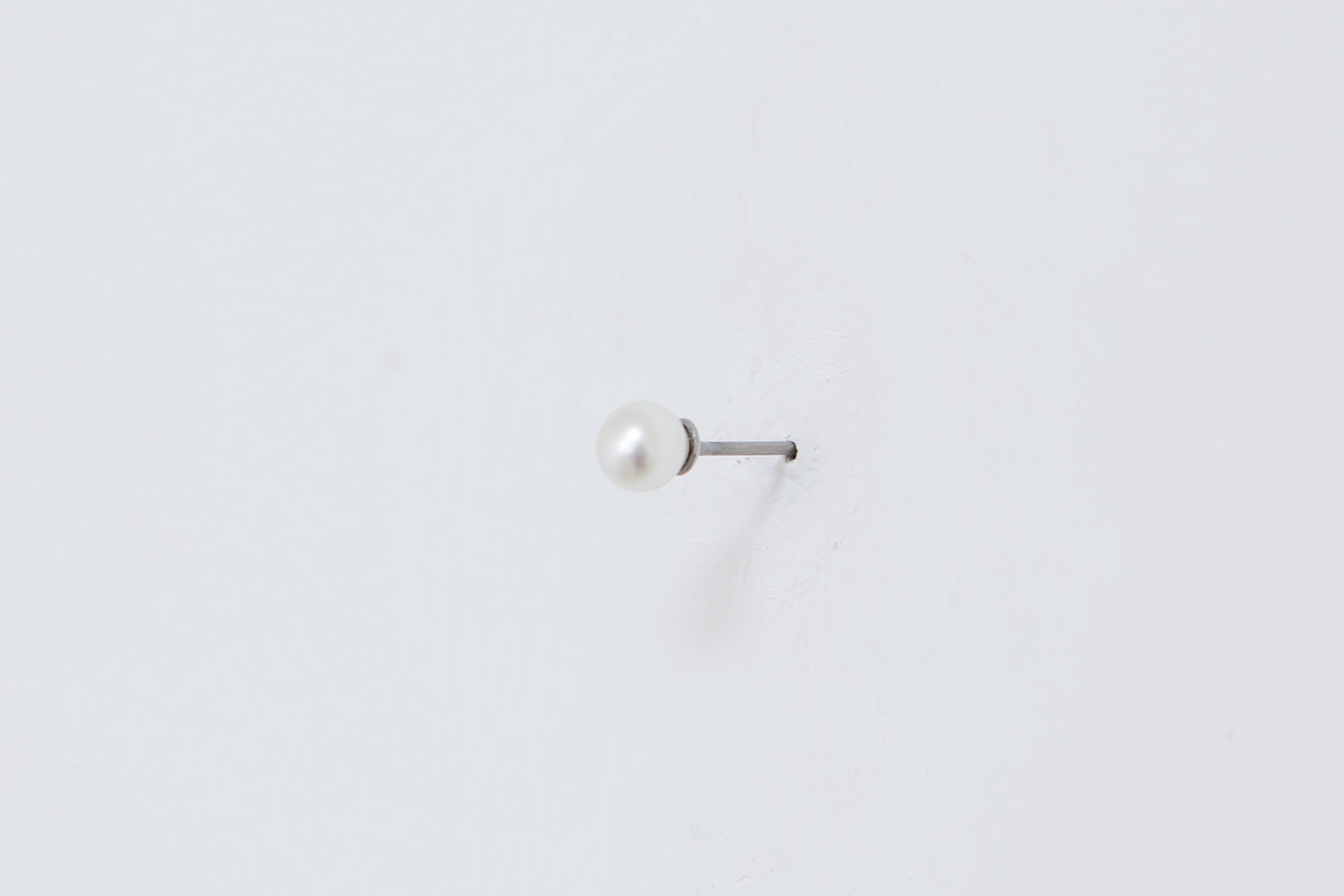 Loading
Loading Encargos dificiles, 2011, exhibition view, Crèvecœur, Paris. © Hélène Giansily
 Loading
Loading Encargos dificiles, 2011, exhibition view, Crèvecœur, Paris. © Hélène Giansily
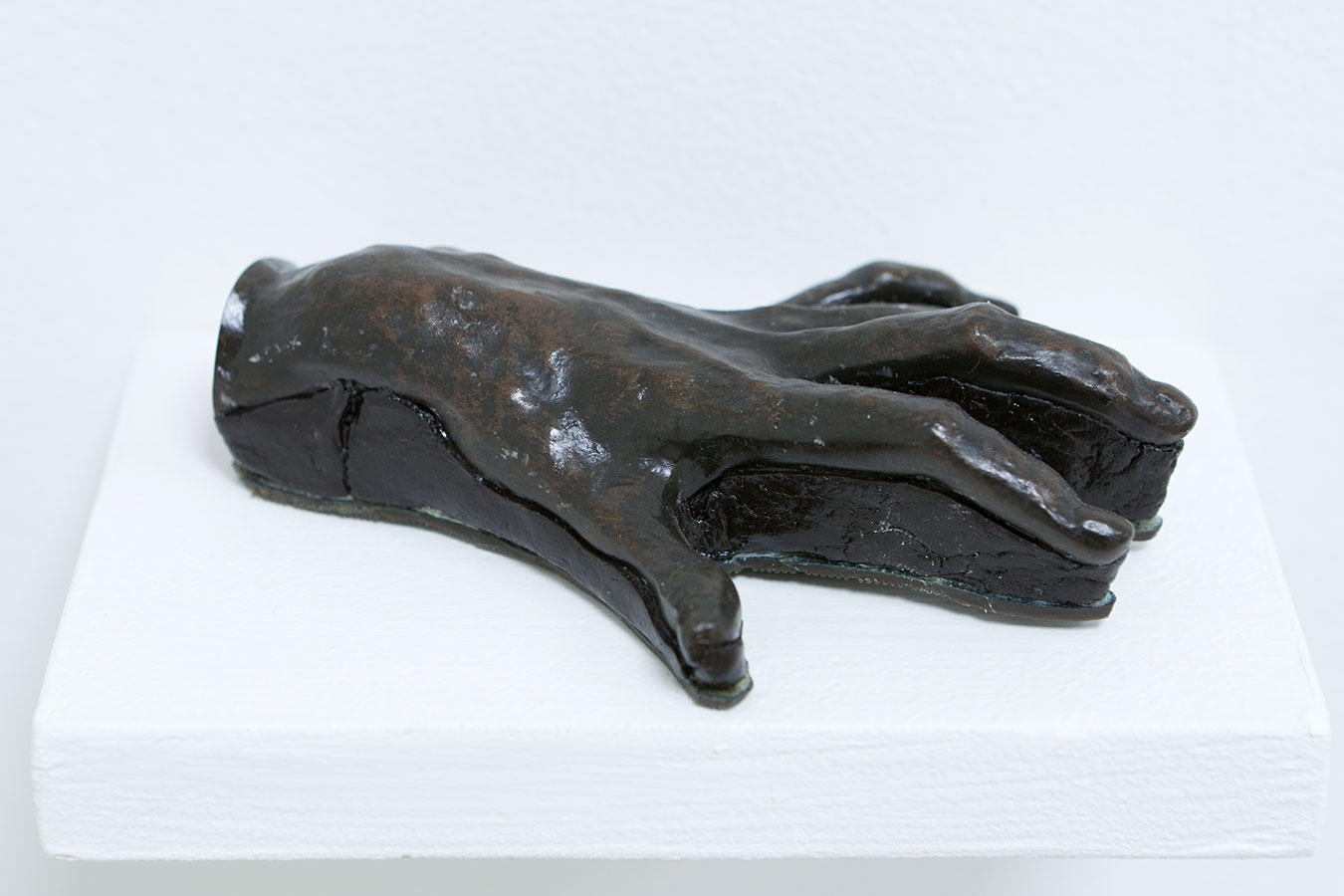 Loading
Loading Encargos dificiles, 2011, exhibition view, Crèvecœur, Paris. © Hélène Giansily
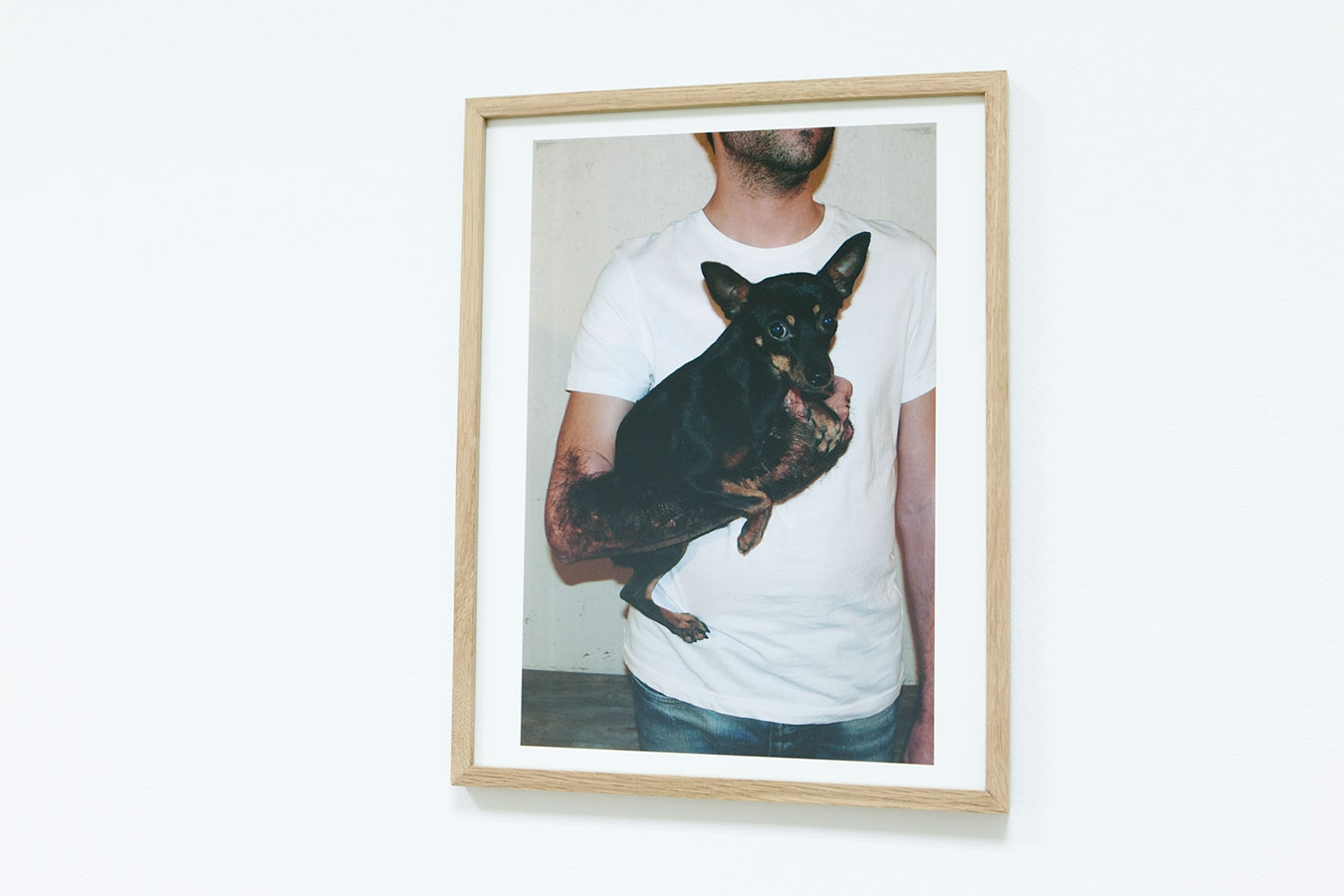 Loading
Loading Encargos dificiles, 2011, exhibition view, Crèvecœur, Paris. © Hélène Giansily
 Loading
Loading Encargos dificiles, 2011, exhibition view, Crèvecœur, Paris. © Hélène Giansily
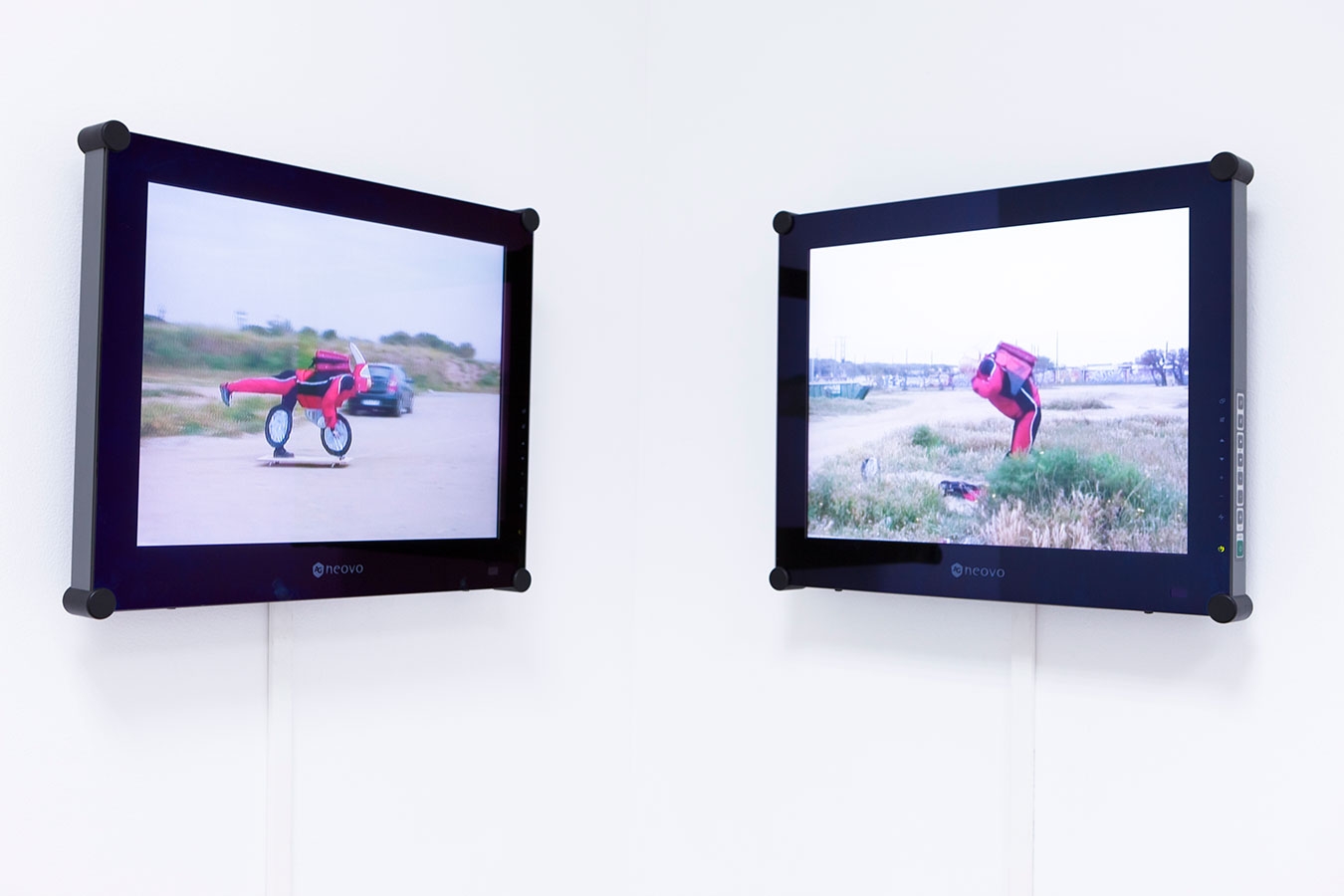 Loading
Loading Encargos dificiles, 2011, exhibition view, Crèvecœur, Paris. © Hélène Giansily